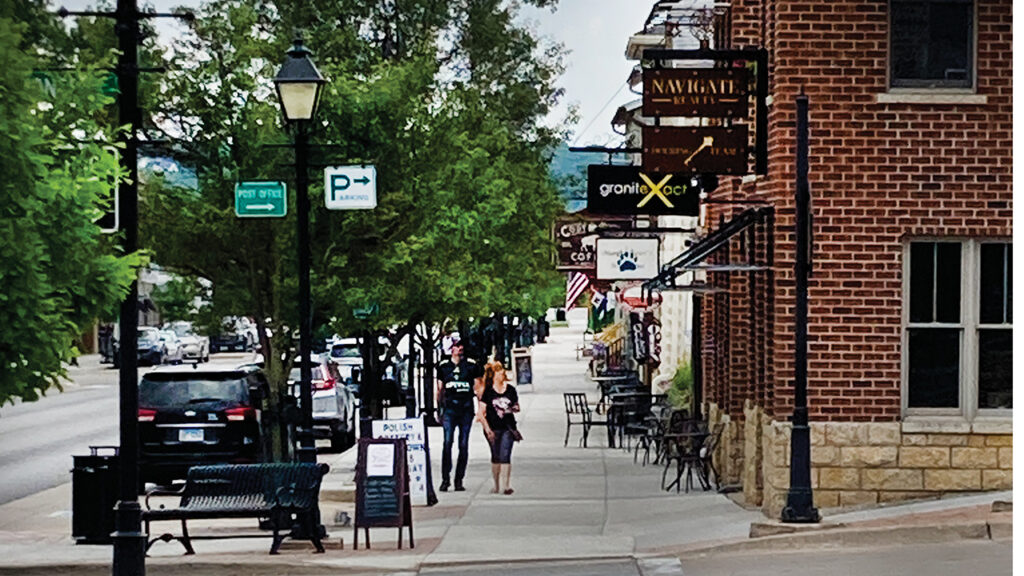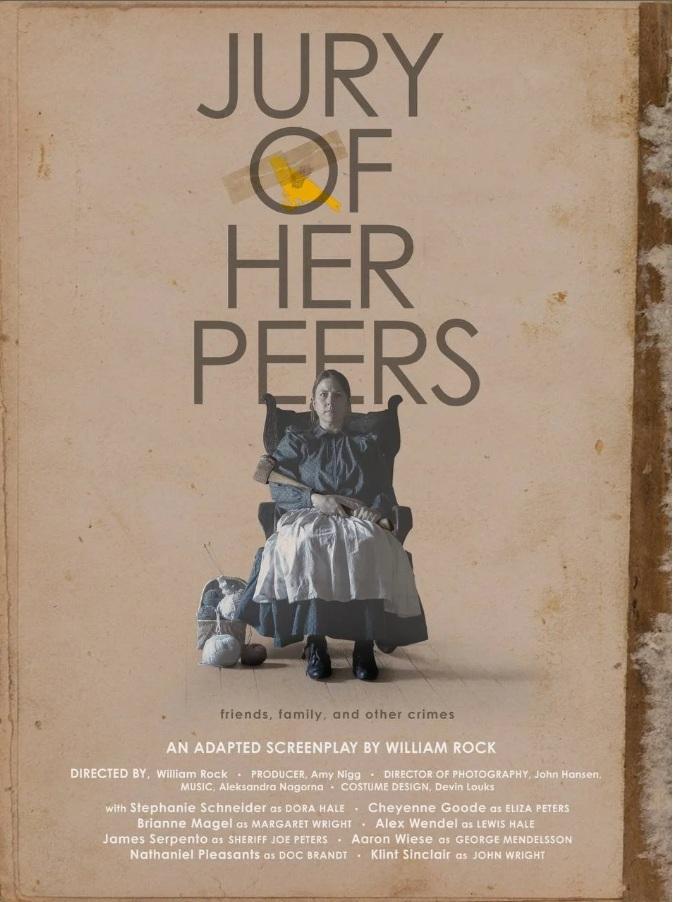LeClaire seeks input, mulls changes to mitigate railroad impacts

The City of LeClaire is studying how to deal with the expected increase in train traffic due to the merger of the Canadian Pacific and Kansas City Southern railroads. It is weighing various traffic options that would impact the downtown shopping district. CREDIT ED TIBBETTS
LeCLAIRE, Iowa – Now that the merger of the Canadian Pacific and Kansas City Southern railroads has been approved, communities in their path are planning on how to deal with the eventual increase in train traffic.
That includes the City of LeClaire. The city reached a $750,000 settlement with Canadian Pacific last year, and it has begun to explore how to mitigate the…

Want to Read More?
Get immediate, unlimited access to all subscriber content and much more.
Learn more in our subscriber FAQ.
Do you want to read and share this article without a paywall?






